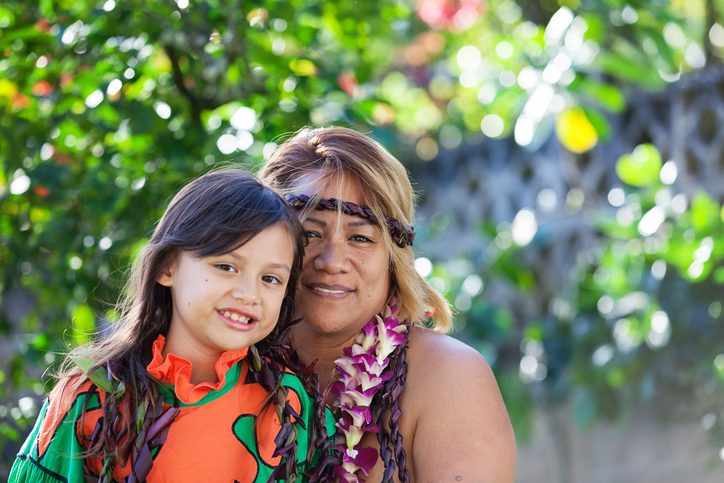
Following Mahina ʻŌlelo Hawaiʻi (February’s Hawaiian Language Month), the U.S. Department of the Interior announced new guidance to preserve and also elevate knowledge and practice of the Hawaiian language.
A thorough new departmental manual chapter addresses nationwide commitments to continue honoring and integrating Indigenous cultural practices, particularly within conservation stewardship and environmental affairs.
Secretary of the Interior Deb Haaland said, “Prioritizing the preservation of the Hawaiian language and culture and elevating Indigenous Knowledge is central to the Biden-Harris administration’s work to meet the unique needs of the Native Hawaiian Community,” adding “As we deploy historic resources to Hawaiʻi from President Biden’s Investing in America agenda, the Interior Department is committed to ensuring our internal policies and communications use accurate language and data.”
Department offices that engage in communication with the Native Hawaiian Community or produce documentation and signage including: addressing places, resources, actions or interests in Hawaiʻi, will now use the updated guidance on ‘ōlelo Hawaiʻi (Hawaiian language). Identifications and references are the main focus—such as naming flora and fauna, cultural sites, geographic place names, and government units within the state of Hawai’i.
The carefully amended guidance recognizes a changing ‘ōlelo Hawaiʻi (Hawaiian language) – acknowledging the absence of a single authoritative linguistic source. The Hawaiian Dictionary is regarded as the standard for non-geographic words and place names, Department bureaus and offices are now encouraged to consult other standardized sources, in addition to the Board on Geographic Names database.
Long term, an overhaul in Hawaiian language policy may also affect education. In late January the White House Minority Leader introduced House Bill 2540, which would require public school students in Hawaii to pass at least two years of Hawaiian language classes in order to graduate.
Hawaii House Rep. Diamond Garcia, who represents the Ewa Beach-Kapolei area expressed “Per the Hawaii State Constitution, ‘Olelo Hawaii is one of two official languages in Hawaii. If Hawaiian is an official language then it MUST be a requirement of learning in Hawaii public schools.”
While Bill 2540 is still pending, questions have been raised over the infrastructure needed to support such changes. Oaokaena Kirkland, a teacher of ‘ōlelo Hawaiʻ and Hulai at Kapolei High School said “Having a mandate, I think it’s a good idea but the hard part is getting our teachers, we still have a struggle with gain Hawaii language teachers, – “Today we have so many Kula Kaiapuni, right? We’re always looking for Kumu Olelo Hawaii so we need to make sure that we have enough Kumu to support that idea.”
The guidance and proposed changes align with ongoing grants from the Office of Hawaiian Affairs to communities and community-led initiatives, to preserve the Hawaiian language.







